Staying
Even with the hardships, making a decision to move to the North was not an easy one.
Many people felt security and comfort living in their southern communities, with family and friends nearby. Moving north meant leaving all of those behind.
Partially because of racial segregation, many uniquely African American communities grew in cities and towns in Tennessee. These communities contained black doctors, dentists, lawyers and teachers. The businesses were often black-owned and included grocery stores, barber and beauty shops, funeral homes, and dry goods stores.
Citizens Bank, founded by Nashville African American business leaders, is the oldest African American bank in the U.S. It survived the Great Depression through wise business management, and is still in operation today.
Beale Street was a socially exciting place for African Americans in Memphis. It was once described as the “Main Street of Negro America.” There were black-owned businesses and places of entertainment. African Americans would meet friends there and go to restaurants, bars, and even gambling saloons.
Jefferson Street was the African American center of Nashville. Local businesses lined the street. Two all-black colleges, Fisk and Tennessee A&I, were located on the street. The local community took pride in the sports teams and band at the all-black Pearl High School a few blocks from Jefferson Street.
And the neighbors took care of their own. Black churches through clubs like Daughters of Zion and the Baptist Sewing Circle raised money for religious, educational, and social welfare.
In 1910 African American women in Memphis established a branch of the National League for the Protection of Colored Women to help black women coming to Memphis to look for work.
Members, described as matrons, would meet trains coming from rural areas to look for black women who seemed to be new to the city. They would also protect them from employment agents and boarding house operators who might try to take advantage of the women. Eventually the group opened a women’s shelter in the city.
Picture Credits:
- Photograph of Hamilton County teachers. This photo was published in the work, Biography and achievements of the colored citizens of Chattanooga, compiled by J. Bliss White in 1904. New York Public Library.
- Photograph of workers from the A. M. E. Sunday School Publishing House in Nashville. This photo was included in the work Progress and achievements of the colored people published in 1917 by Joseph Gay and Kelly Miller. New York Public Library.
- Photograph of the Cansler family. This photo was taken in 1910 in Knoxville. The Cansler family was very influential in Knoxville’s African American community. The caption reads, “Cansler family 50th wedding anniversary.” Beck Cultural Exchange Center.
- Photograph of Dr. C. A. Davis. Davis was a dentist in Knoxville. McGhee Family Collection.
- Photograph of the Roger Williams University class in Nashville. This group photo was taken in 1899. Library of Congress.
- Photograph of the Roger Williams University ministers' class. This photo was taken in Nashville in 1899. Library of Congress.
- Photograph of C. W. Franklin Funeral Home. This photo was taken in 1899 in Chattanooga. It shows horses and carriages in front of a funeral home. The sign on the front of the building reads, “Undertaker.” Library of Congress.
- Photograph of Mr. Dodson, a Knoxville jeweler. This photo was taken in 1899. It shows Dodson working in his office. Library of Congress.
- A photograph taken at Knoxville College Hospital around 1910. It shows students, both nurses and doctors, practicing operating room techniques. The first African American Red Cross nurse, Frances Elliot Davis, received her first training here. Knoxville College was established by the Presbyterian Church in 1875. Tennessee State Museum Collection
Confronting the Modern Era >> Racial Segregation >> Living with Segregation >> Staying
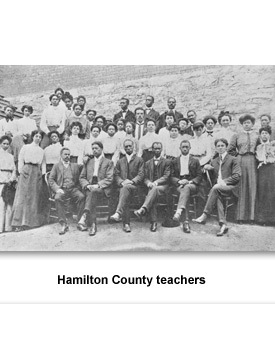
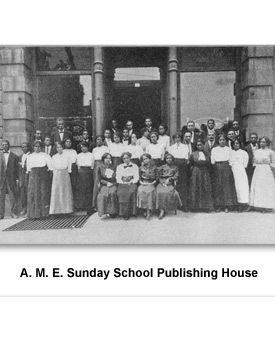
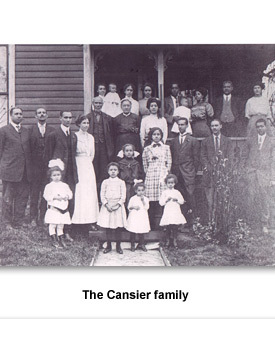
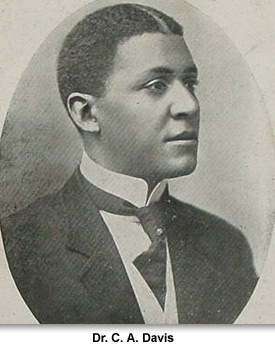
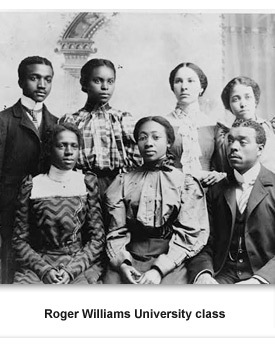
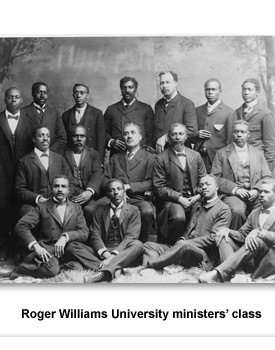
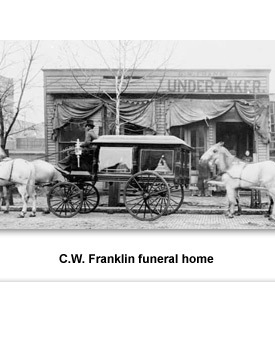
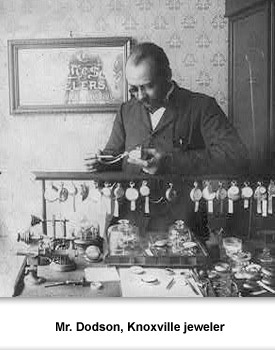
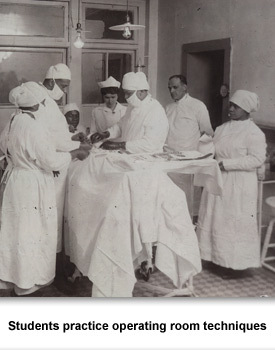
 Sponsored by: National Endowment for the Humanities
Sponsored by: National Endowment for the Humanities